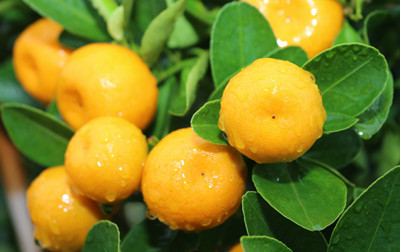Plants attract fruit eaters–or “frugivores”–by packing valuable resources into their fruits like sugar and water or important nutrients such as carotenoids, vitamins and minerals.

Plants that want to attract birds rather than mammals might produce thorns or have fruits that taste unpalatable to most mammals but tasty to birds.











